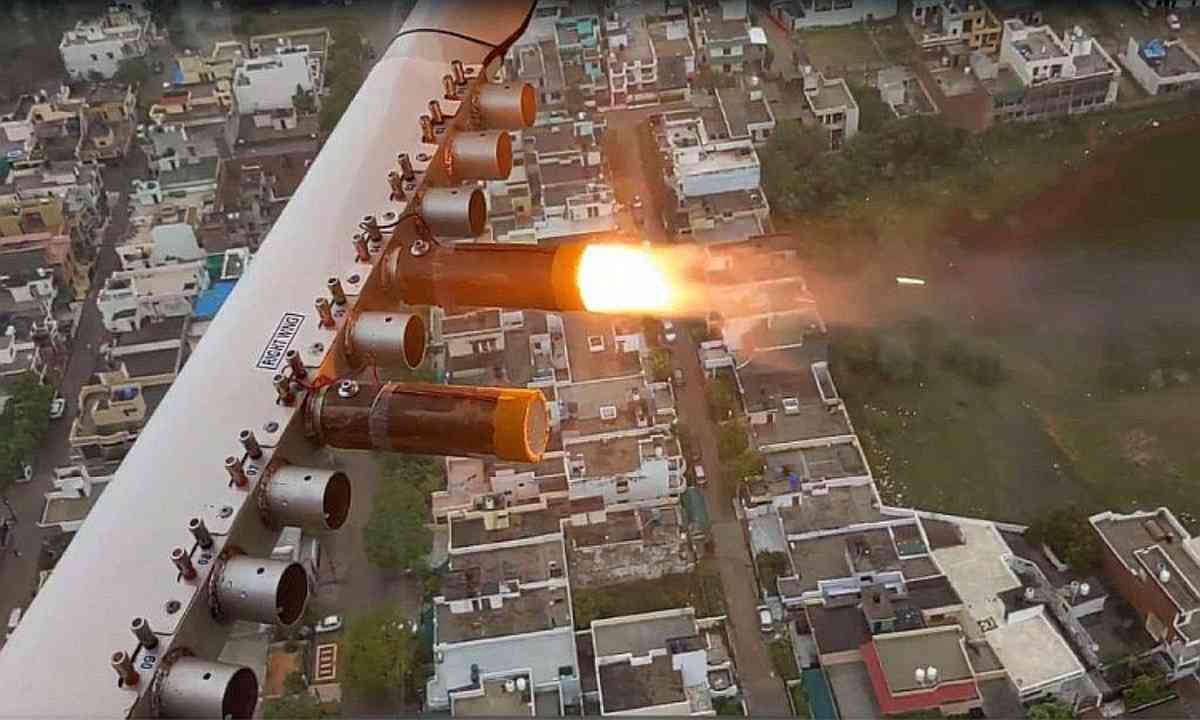Experts from the Indian Institute of Technology (IIT) Kanpur are preparing to present a comprehensive proposal for inducing artificial rain to the Delhi government, given the city's persistent 'severe' air quality conditions. The initial suggestion from the experts is to implement artificial rain around November 20 and 21, aligning with the forecasted 40% cloud cover over the national capital, a crucial prerequisite.
Upon reviewing the plan, the Delhi government plans to present it before the Supreme Court and seek cooperation from the Central government. If the Supreme Court approves the proposal, the experts can proceed with the first pilot project of artificial rain in Delhi around November 20 and 21.
Environment Minister Gopal Rai highlighted that the IIT-Kanpur team emphasized the necessity of at least 40% cloud cover for the artificial rain initiative. "Rain is not possible with insufficient cloud cover," stated Rai, quoting the experts. He along with Revenue Minister Atishi and other oficials convened a meeting with experts from IIT Kanpur on Wednesday to discuss the prospects and details of artificial rain.
Artificial rain, also known as cloud seeding, is a technique in weather modification designed to stimulate precipitation. This process entails introducing substances such as silver iodide or potassium iodide into clouds using aircraft or helicopters. The success of cloud seeding is contingent on specific meteorological conditions, including the presence of moisture-laden clouds and suitable wind patterns.
The primary objective of artificial rain is to increase rainfall in targeted regions or alleviate drought conditions. This method is employed to influence weather patterns for purposes such as agriculture, environmental management, and water resource control.
© Copyright 2023. All Rights Reserved Powered by Vygr Media.
























